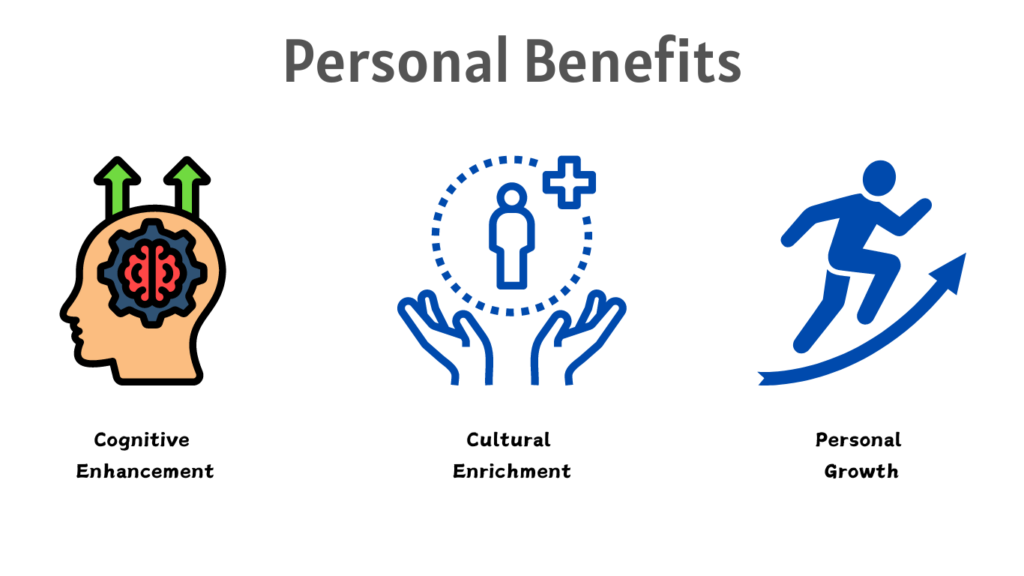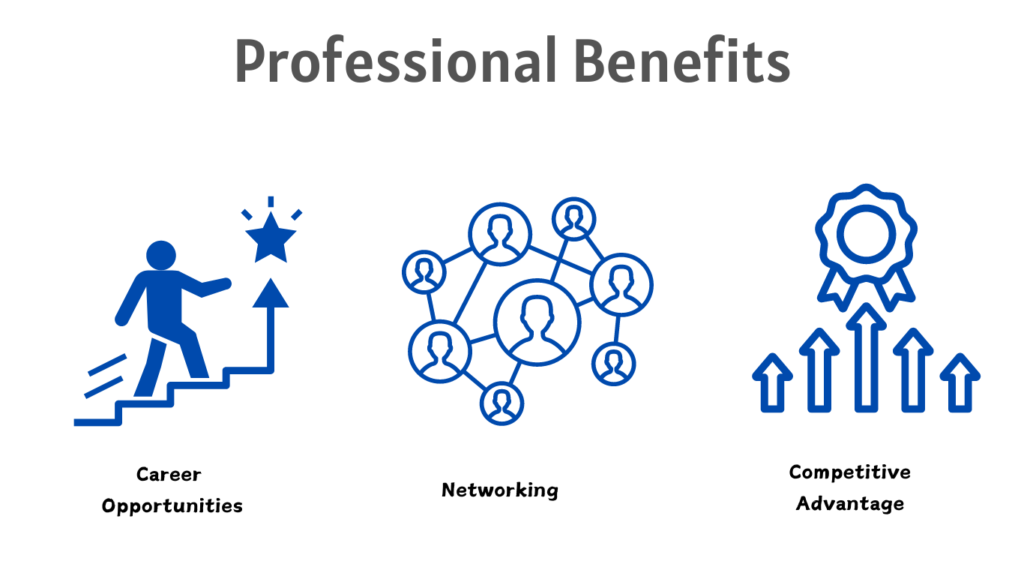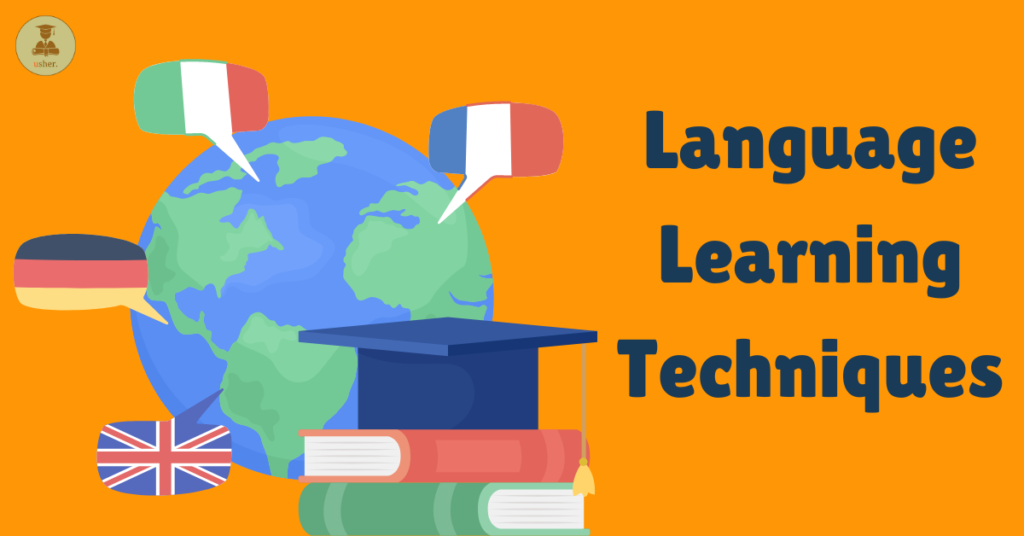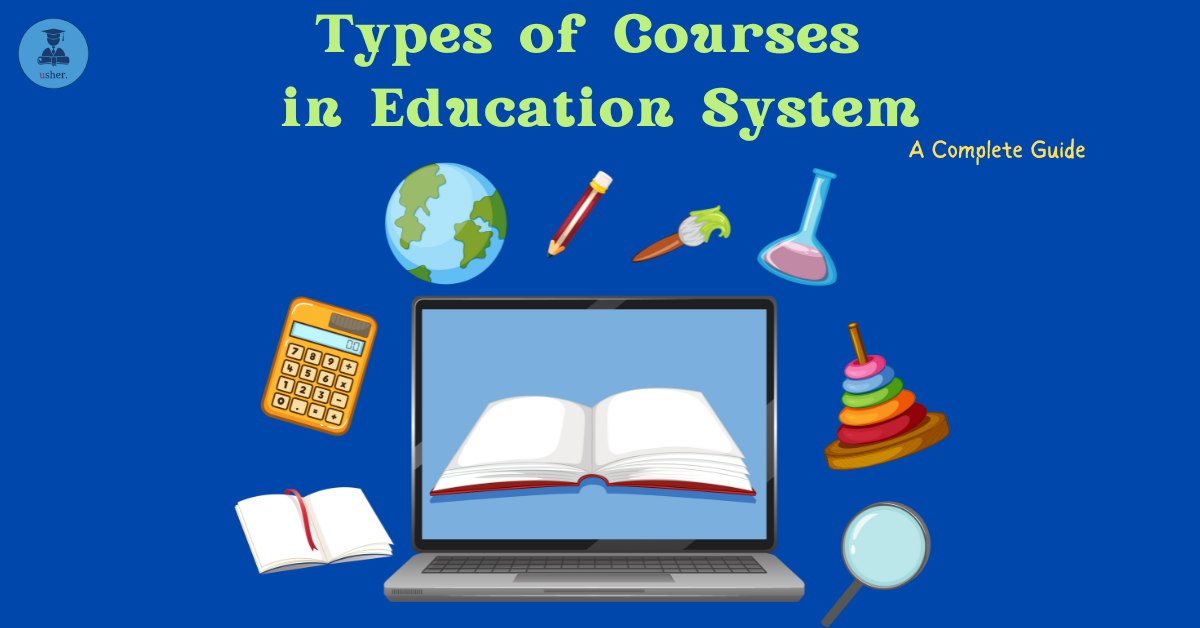Did you know that students who learn a second language often perform better academically, showing improved problem-solving skills, enhanced memory, and even higher standardized test scores?
Research reveals that bilingual students tend to excel in reading comprehension, mathematics, and critical thinking, giving them a significant edge in their academic and future professional lives.
In today’s globalized society, being proficient in multiple languages is not just a valuable skill but a necessity for students aiming to stand out in a competitive world. Whether you’re preparing for college, looking to boost your resume, or simply wanting to connect with more people around the world, learning a new language can provide you with countless benefits. But with busy schedules and numerous academic demands, how can students effectively integrate language learning into their lives?
Importance of Learning a New Language
Learning a new language is more than just an academic exercise; it is a gateway to a world of personal and professional benefits.
For students, mastering a foreign language can significantly enhance their cognitive abilities, improve their academic performance, and provide a competitive edge in the global job market.
To know more about the importance of learning a foreign language for students, read our blog – Over 70 Percent of Students Are Picking Up a Foreign Language and Why You Should Too?


Let’s talk about the most effective and proven language learning techniques.
1) Immersive Learning
Surround yourself with the language you want to learn as much as possible. This is the best technique out of all the techniques we are going to discuss in the blog.
Why?
Well, we all know that learning any second language would require you to practice and immerse yourself in that language consistently. This technique has been shown to be highly effective in improving language proficiency and fluency.
Here are some tips that will help you immerse yourself with the language you want to learn:
- Media Consumption: Watch movies, TV shows, and YouTube videos in the target language. Listen to music, podcasts, and radio stations. This helps you get used to the sounds, rhythms, and intonations of the language.
- Thinking in the Language: Try to think in the language instead of translating from your native language. This helps in developing fluency and making the language a natural part of your thought process.
- Labeling: Label objects around your home with their names in the target language. This reinforces vocabulary through constant exposure.
2) Sign Up For a Class
This does not need any explanation. Enrolling in a language learning course is a structured way to improve your skills and receive guidance from a qualified instructor.
Here are some tips on what classes you can join to learn a new language:
- Local Classes: Enroll in language courses at community colleges, language schools, or cultural centers. These classes often include interactive activities and group practice.
- Online Courses: Take online courses from platforms like Coursera, Udemy, or edX. These courses offer flexibility and a wide range of topics, from beginner to advanced levels.
- Tutoring: Hire a private tutor for personalized lessons tailored to your specific needs and goals.
Pro tip – Many educators use the communicative approach towards learning a new language where they give out real life problems and situations and help students apply their language skills in practical contexts.
3) Use Language Learning Apps
We have discussed online courses and in-person classes, but language learning apps can also be a great tool to supplement your studies.
These apps are designed to be interactive and engaging, allowing you to practice vocabulary, grammar, and pronunciation on the go.
Some of the best language learning apps out there are:
- Duolingo: Duolingo provides bite-sized lessons and gamified learning experiences. It covers various languages and is suitable for beginners and intermediate learners.
- Babbel: Babble focuses on conversation skills and practical vocabulary. Lessons are designed to fit into short sessions, making it easy to integrate into your routine.
- Rosetta Stone: Rosetta Stone uses immersive methods and speech recognition technology to help you learn pronunciation and vocabulary effectively.
The key difference between language learning apps and online courses is that the former are usually more engaging, as they follow up with you daily, thereby building a habit of language practice.
4) Practice Reading and Writing
Building a habit of reading and writing in your target language is essential for comprehensive language learning.
Some ways to read and write in your preferred learning language are:
- Graded Readers: Start with books designed for language learners at different proficiency levels. These books use simplified language and gradually introduce more complex vocabulary.
- Journaling: Keep a journal in the target language. Write about your daily experiences, thoughts, and reflections. This helps in improving your writing skills and expressing yourself more fluently.
- Essay Writing: Write essays or short stories and seek feedback from native speakers or language tutors. This helps refine your grammar and writing style.
Pro tip – Read a chapter of a graded reader book every night before bed. Keep a daily journal where you write about your experiences in the target language. Write short essays on various topics and ask native speakers for feedback.
5) Learn With a Pal
It would be boring to learn alone. Get yourself a friend who speaks the language you want to learn or a friend who is as exhilarated and determined to learn the language you want to learn.
Learning a new language with any of your friends who are native speakers of that language is one of the most effective ways to improve your language skills.
But it’s not easy to find such type of friends to learn the language; therefore, you can find people with whom you can exchange languages, i.e., you learn their language and they learn yours.
- Language Exchange Platforms: Join platforms like Tandem or HelloTalk to find language exchange partners. You can practice speaking with native speakers and help them learn your language in return.
- Conversation Clubs: Participate in language meetups and conversation clubs in your area or online. These provide opportunities to practice speaking in a supportive environment.
- Video Calls: Use video conferencing tools to have face-to-face conversations with native speakers. This helps in improving pronunciation and gaining confidence.
6) Engage in Group Language Learning Activities
Meet and interact with peers and groups to learn your targeted language using interactive games and activities.
This technique is best to enhance retention and make the process enjoyable.
Some ways to engage in interactive activities are:
- Language Meetups: Join language meetups in your area or online to practice speaking with others who are learning the same language.
- Conversation Clubs: Participate in clubs that focus on conversation practice. These clubs often have themed discussions, making learning fun and relevant.
- Language Games: Play language learning games and puzzles. These can include vocabulary quizzes, word matching games, and interactive storytelling.
7) Learn Naturally
This is probably the easiest way to learn a new language. I call this technique – the baby method – because it involves learning a language in a natural, immersive way, just like how babies learn their first language.
It is more like a direct method where you mostly focus on communication and engagement. It is not about memorizing vocabulary or grammar rules, and it has no structure or formal lessons. Instead, you learn by listening, observing, and participating in conversations.
This method allows you to pick up on the language naturally, without feeling overwhelmed by textbooks or grammar drills.
You do not have to force yourself to memorize rules and vocabulary lists.
8) Content and Language Integrated Learning (CLIL)
This is fairly a new term in language learning techniques. This technique is similar to the immersive technique, but it involves learning a subject through the language being taught.
Both the subject and the language must be new for CLIL to work. In this way, you learn a new language and a new skill at the same time.
CLIL is a more holistic approach to language learning, as it combines language acquisition with the acquisition of knowledge in a specific subject area. This method can be particularly effective for those who prefer hands-on, practical learning experiences.
This is a trick way to learn a language. Language is used to learn and to talk to other people. You learn a language that goes with the new subject. You need the language necessary for learning your new subject.
For example, you want to learn biology and also French; therefore, you learn biology in French to enhance your understanding of both subjects simultaneously.
Points to Remember
There are a few points to remember when you learn a new language or anything else.
Regular Practice
Continuous practice is important for language retention and progress. Dedicate a specific time each day for language practice. Even 15-30 minutes daily can make a significant difference. Maintain a journal where you write about your day, thoughts, and experiences to practice writing and improve your fluency.
Learning Styles
Every person has different learning styles, so it’s important to find what works best for you. Some people learn better through visual aids, while others prefer auditory or kinesthetic methods. Experiment with different techniques to see what helps you retain information more effectively.
To know what your learning style is check out our blog – How to choose the right Learning style for you?
Consistency and Dedication
Consistency and dedication are key to developing good study habits and improving your learning experience. By setting aside dedicated time each day to practice and study, you can make steady progress towards your goals.
Remember, learning is a lifelong journey that requires commitment and effort.
Seek Support
Seeking support from peers, teachers, or tutors can also be beneficial in helping you stay motivated and on track with your learning. Don’t be afraid to ask for help when needed, as collaboration and guidance can greatly enhance your learning experience.
FAQs
The time it takes to learn a new language fluently varies greatly depending on the language’s complexity, your prior experience, the time you dedicate to practice, and your learning methods. On average, achieving conversational fluency can take several months to a few years. Languages closely related to your native language might be quicker to learn than those with different scripts or grammatical structures.
The best language learning apps in 2024 include Duolingo, Babbel, Rosetta Stone, Memrise, and HelloTalk. Duolingo offers gamified lessons suitable for beginners, while Babbel focuses on conversation skills. Rosetta Stone uses immersive methods, Memrise incorporates mnemonics for vocabulary, and HelloTalk connects you with native speakers for practice.
Yes, you can learn a language by yourself using various resources such as language learning apps, online courses, textbooks, and language exchange platforms. Consistency, self-discipline, and utilizing diverse resources are key to effective self-study.
To improve speaking skills quickly, practice regularly with native speakers through language exchange platforms like Tandem or HelloTalk, join conversation clubs, and use language learning apps that focus on speaking exercises. Immersing yourself in the language by thinking and talking to yourself in the target language also helps.
Effective language learning techniques include immersive learning, regular practice, using language learning apps, participating in language exchange, enrolling in courses, engaging in interactive activities, practicing reading and writing, cultural immersion, using flashcards, and improving listening skills through media consumption.
To stay motivated, set clear, achievable goals, track your progress, celebrate small achievements, immerse yourself in the language through media and cultural activities, and make learning fun by incorporating games and interactive exercises. Finding a study partner or joining a language learning community can also provide support and motivation.
While living in a country where the language is spoken can accelerate learning through immersion, it is not necessary. You can create an immersive environment at home by consuming media in the target language, practicing with native speakers online, and engaging with the language daily.
Grammar is important for accurate communication and understanding the structure of the language. However, it’s essential to balance grammar study with practical usage. Learning basic grammar rules helps you construct sentences correctly, but don’t let it hinder your fluency practice.
If you’re stuck, try changing your study routine, incorporating new resources, setting new goals, and practicing with different people. Engaging in new and challenging language contexts, such as reading advanced materials or discussing complex topics, can also help you break through plateaus.
Children often pick up languages more quickly due to their developing brains and natural exposure to language through play and interaction. However, adults can also learn effectively by leveraging their experience, discipline, and access to structured resources. Adults might benefit from more explicit grammar instruction and deliberate practice.
Choose a language that aligns with your career goals, industry demands, and geographical interests. Consider languages spoken in regions where your industry operates or languages that are commonly required in your field. Languages like Mandarin Chinese, Spanish, French, and German are often valuable in international business and diplomacy.
The best online resources for language learning include apps like Duolingo, Babbel, and Rosetta Stone; online courses on platforms like Coursera and Udemy; language exchange platforms like Tandem and HelloTalk; and comprehensive language learning websites like FluentU and LingQ.
Improve listening skills by regularly listening to podcasts, audiobooks, and watching movies or TV shows in the target language. Start with materials at your level and gradually challenge yourself with more complex content. Use resources with subtitles to aid comprehension and follow along with transcripts if available.
It is possible to learn two languages at once, but it requires careful planning and dedication to avoid confusion. Focus on different aspects of each language, set clear goals, and ensure you have enough time and energy to dedicate to both languages. It may be more effective to prioritize one language initially and then add the second language later.
Practice speaking without a partner by talking to yourself in the target language, using language learning apps with speech recognition, recording yourself speaking and playing it back to identify areas for improvement, and shadowing native speakers by repeating after audio recordings.
Yes, learning a new language can help with cognitive function. It improves memory, attention, and problem-solving skills. Studies have shown that bilingualism can delay the onset of Alzheimer’s and other forms of dementia by several years.
Make learning fun and engaging by incorporating games, music, and interactive activities. Use language learning apps that gamify the process, watch movies and TV shows, listen to songs, and participate in cultural events. Engaging with content you enjoy in the target language makes the learning process more enjoyable and sustainable.




